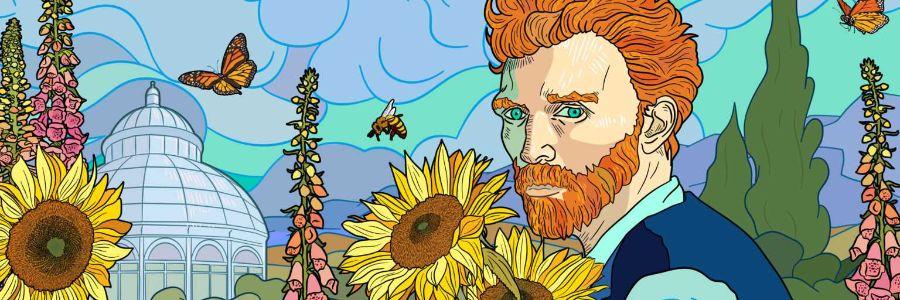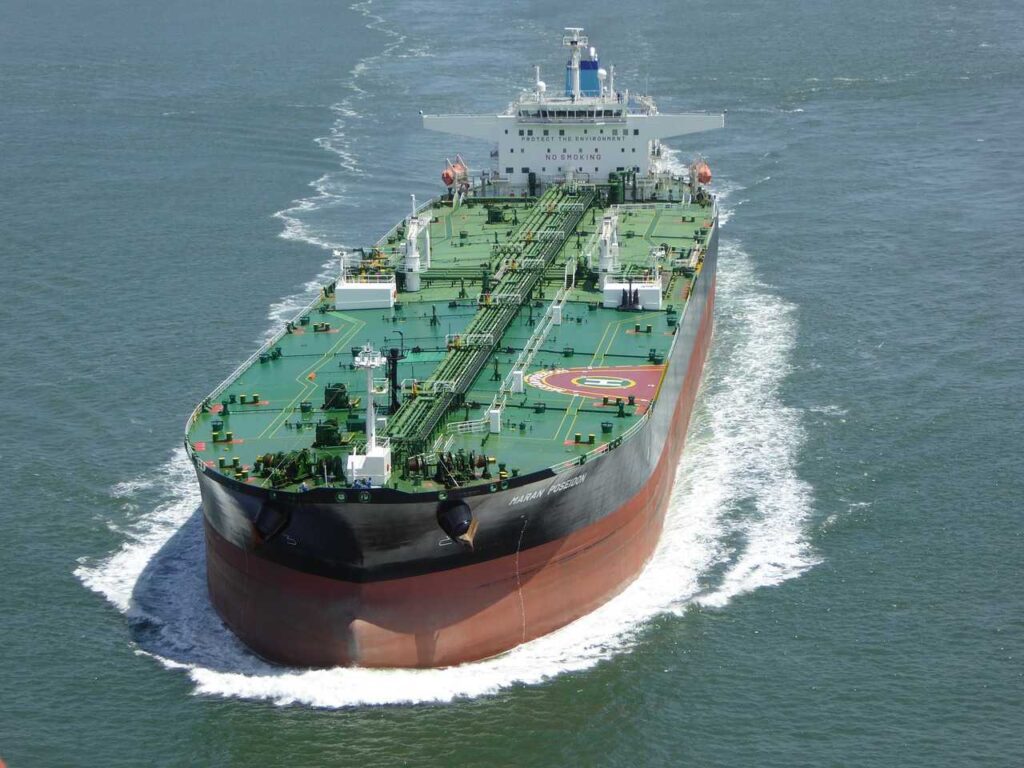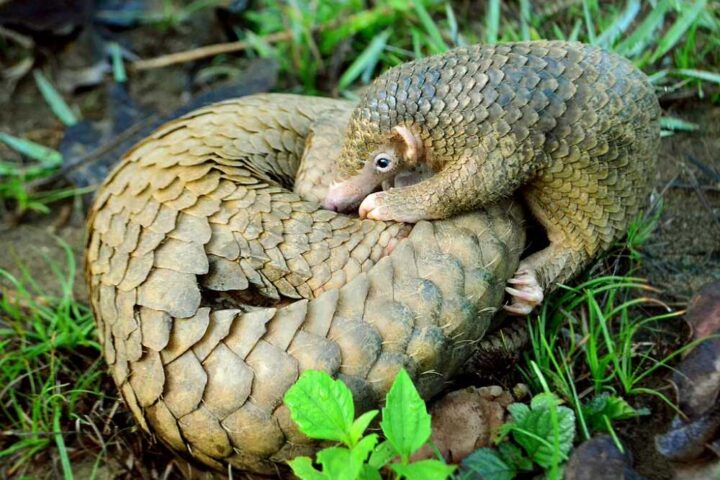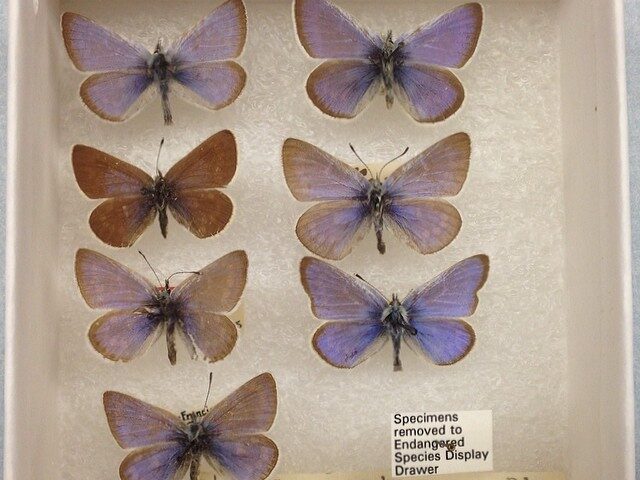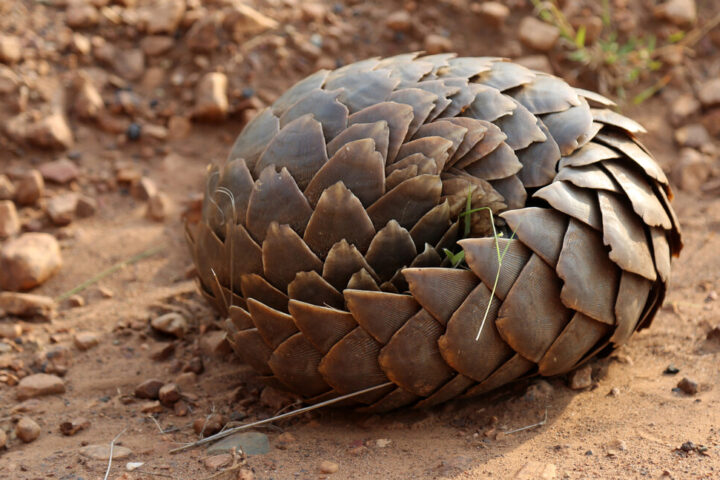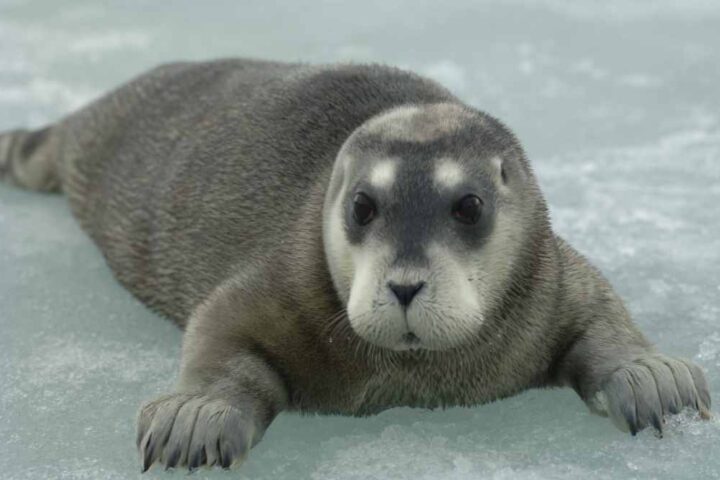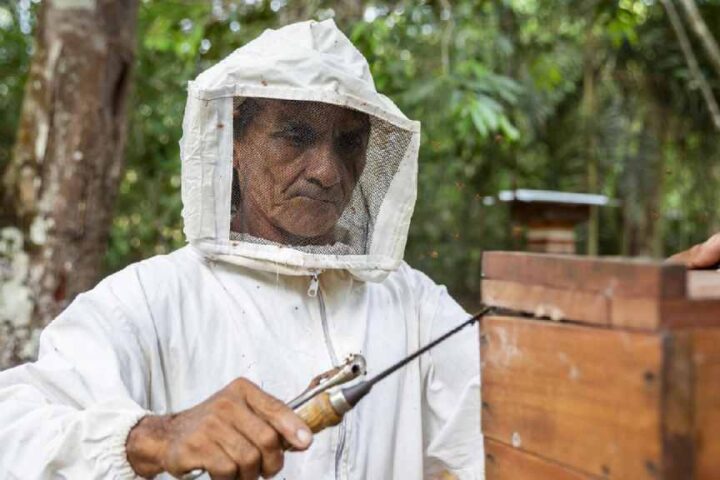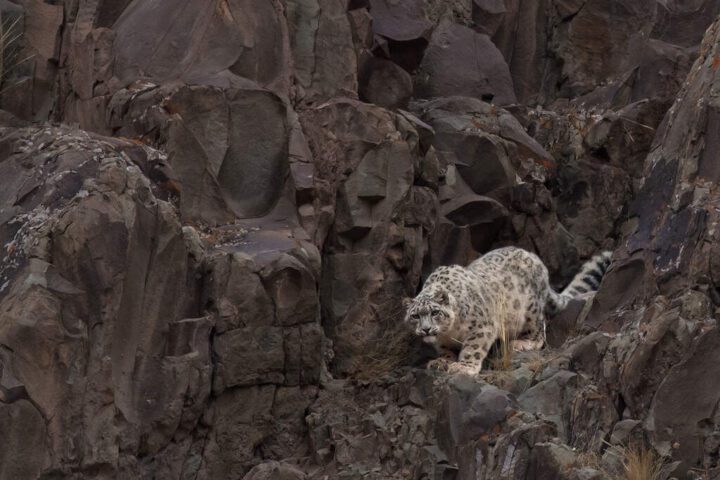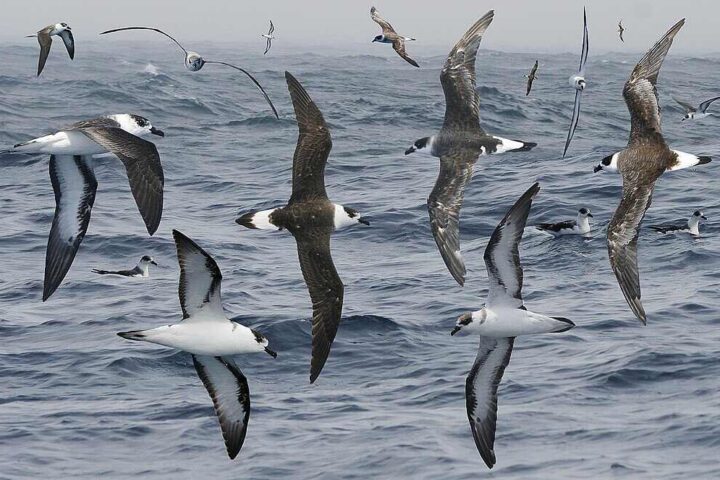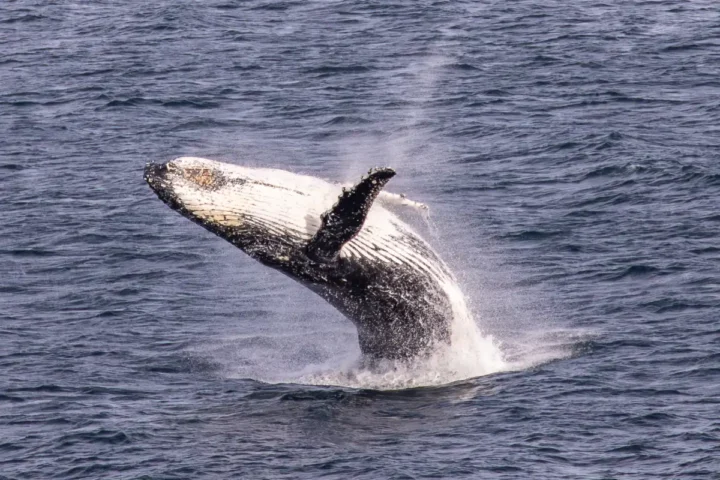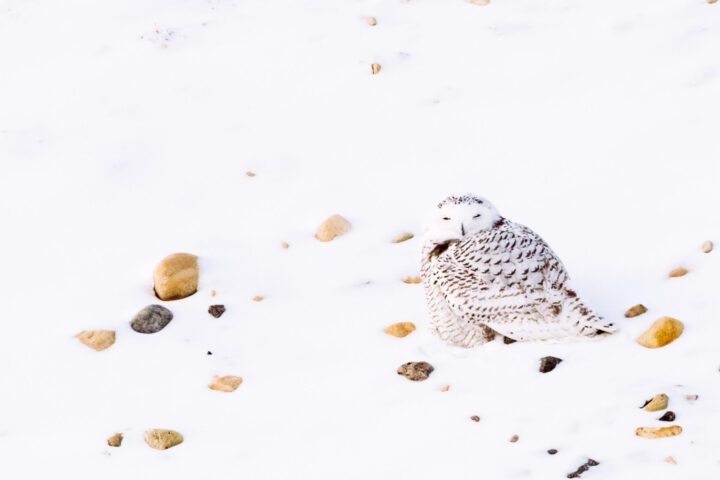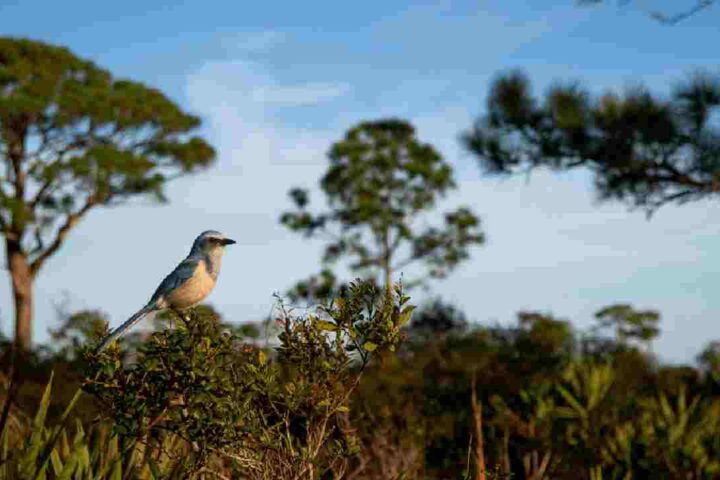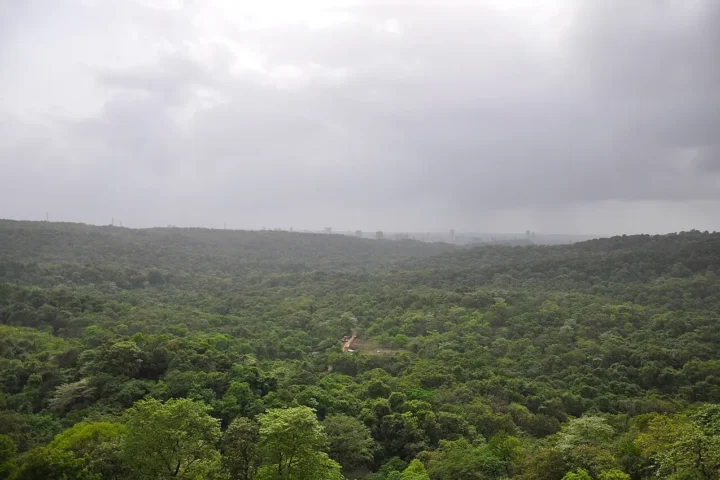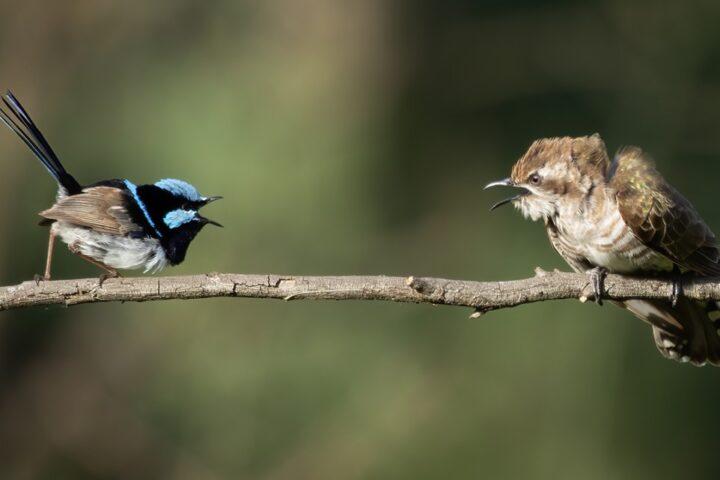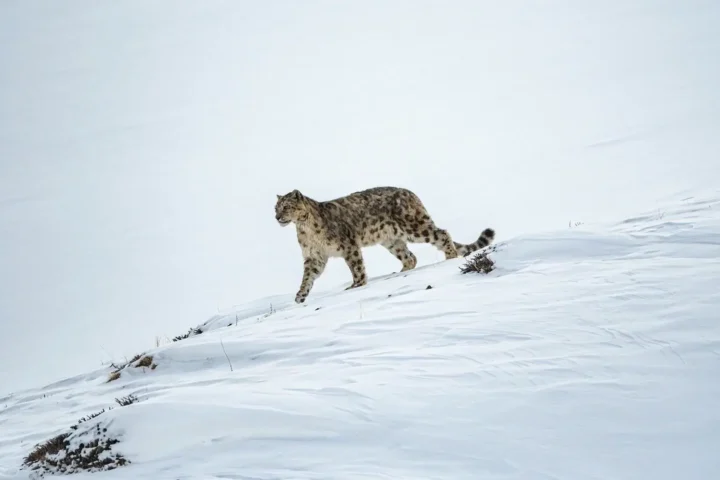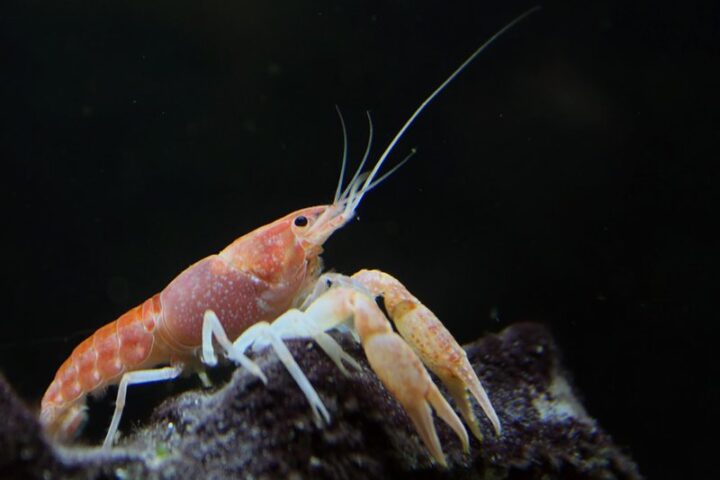One small island in the Bay of Bengal holds one of the world’s most isolated people. The Sentinelese tribe are believed to have descended from peoples who reached the Andaman Islands 50,000-60,000 years ago, with only sporadic, brief contacts in modern times.
The Forbidden Island
North Sentinel Island lies about 50-64 km west of Port Blair (the Andaman capital), with the Andaman Islands themselves roughly 1,300-1,400 km from major Indian mainland cities. It’s roughly Manhattan-sized and surrounded by coral reefs. Indian law designates North Sentinel as a tribal reserve with a prohibited area; authorities enforce an exclusion zone of 3 nautical miles (5.6 kilometers) around the island.
The Sentinelese people number between 50-150 individuals, though estimates vary and are uncertain. They hunt with bows and arrows, fish in shallow waters, and live in small groups across the forested island.
Recent Incident Sparks Concern
In March 2025, American YouTuber Mykhailo Viktorovych Polyakov, 24, illegally landed on the island. He left a Diet Coke can and coconut on the beach while filming himself. Local fishermen spotted him returning and alerted police.
Polyakov was arrested March 31 and faces up to eight years in prison. This wasn’t his first attempt – he tried twice before in 2024 and January 2025.
“This person’s actions not only endangered his own life, they put the lives of the entire Sentinelese tribe at risk,” said Caroline Pearce from Survival International.
Similar Posts
Why the Island is Off-Limits
The Sentinelese have no immunity to common diseases like flu or measles. Due to their extreme isolation, they are highly vulnerable to introduced diseases; contact poses severe health risks that could impact the entire tribe.
In 1880, British colonial officer Maurice Vidal Portman took six Sentinelese to Port Blair – two adults died from disease and four children were returned. This experience may account for some of their hostility toward outsiders.
The tribe frequently repels outsiders with bows and arrows and has on several occasions killed intruders. In 2018, American missionary John Allen Chau was killed when he tried to convert them to Christianity. Two Indian fishermen, Sunder Raj and Pandit Tiwari, died in 2006 when their boat drifted onto the shore after they had illegally moored near the island to sleep after poaching in nearby waters.
Living in Isolation
The Sentinelese make metal-tipped arrows from shipwreck materials. They build temporary beach shelters and larger communal huts in the forest. Women wear fiber strings around their waists and necks, while men wear necklaces and thicker belts.
They speak an unclassified and undocumented language; relationships to other Andaman languages are unknown. What they call themselves or their island remains unknown.
Government Protection
The Andaman & Nicobar Islands (Protection of Aboriginal Tribes) Regulation, 1956, designates tribal reserve areas and prohibits unauthorized entry, residence, or contact. The Indian Navy and Coast Guard patrol the waters around the island.
Authorities follow a strict ‘eyes-on, hands-off’ policy; enforcement targets outsiders, and prosecutions of Sentinelese have not been pursued in practice. There is no explicit statutory immunity for homicide, but a policy of non-interference prevails.
After the 2004 tsunami, helicopters checked on the tribe from a distance. A Sentinelese man was photographed shooting arrows at the aircraft, confirming their survival and continued hostility.
Modern Threats
Environmental changes, including warming seas and reef impacts, may affect local fisheries; specific impacts on the Sentinelese are unquantified. Illegal fishing continues near the island despite patrols.
Recent cases of unauthorized approaches for online content creation indicate new forms of risky intrusion.
The Sentinelese have survived for thousands of years by rejecting outside contact. Their isolation depends on legal protection and respecting their clear message: leave us alone.The island represents one of the last places where indigenous people live completely on their own terms. Recent incidents show the ongoing challenge of protecting them from a curious modern world.


